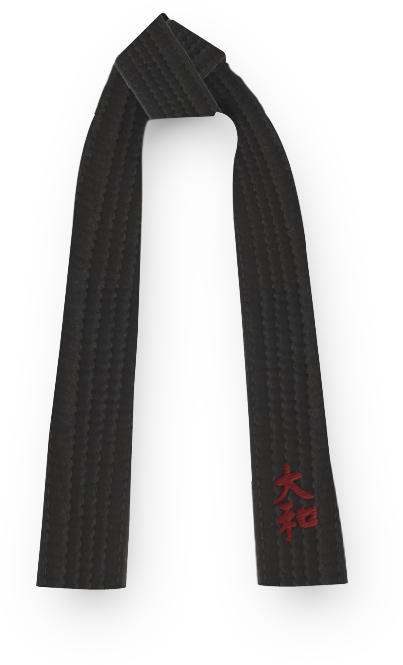It is generally believed that the art of Karate-Do can be traced back to sixth century China. There, in the Mt. Sung Hennan Province, Dharma, and the founder of Zen, a sect of Buddhism composed a sutra or collection of precepts to promote the physical development of the monks and missionaries to help protect them from bandits and criminals.
The sutra developed by Dharma was called “Ekkin-Kyo,” and it is believed that it evolved into Shaolin Temple Kenpo, ” the way of Fists”. Unfortunately, not much is known about this period in the history of Karate-Do and the relationship between Karate-Do and Shaolin Kenpo remains an ambiguous one.
In the ancient times there was no law prohibiting people from arming themselves. Weapons were standard in fighting, and most cultures have their own sword fighting system. Japan is renowned for its Samurai culture in the caste feudal system. The code of the Samurai was developed in the 18th century. The effective use of a sword was essential for a warrior. Samurai practiced with them and carried them in daily life as the symbol of their class.
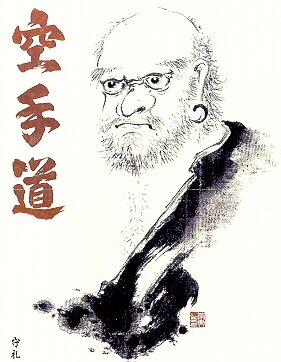
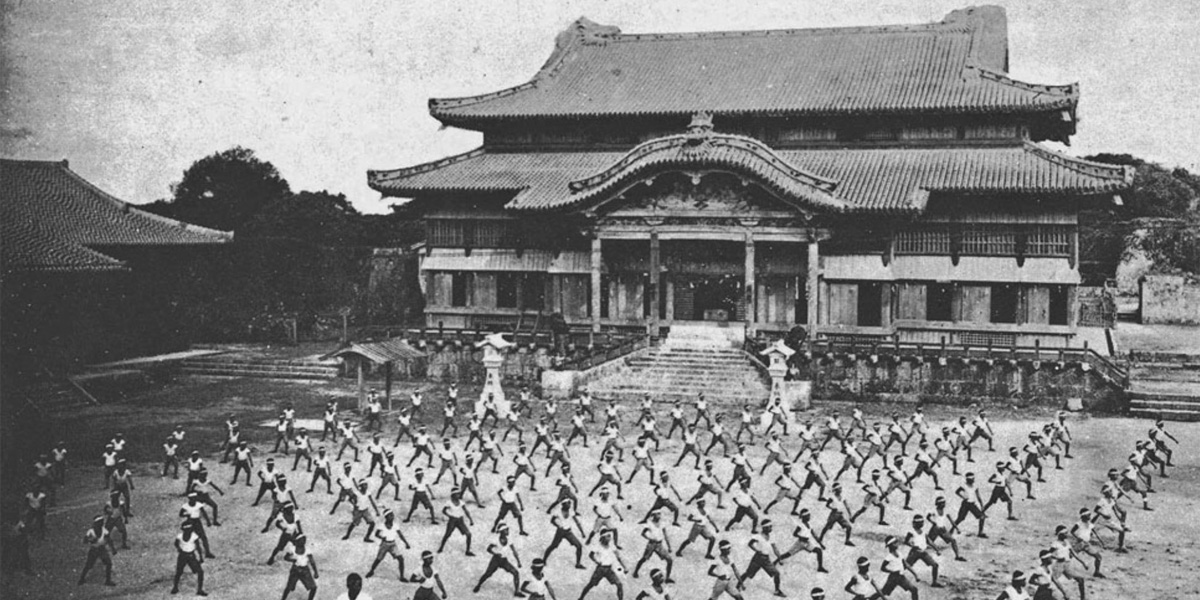
In the later part of the 14th century however, the influence of the Chinese techniques on the development of Karate-Do becomes much more apparent. Under the ruler King Hassi of Chuzan of Okinawa, a policy was enacted prohibiting the people of Okinawa from arming themselves. In the 16th century, Japan’s most southern clan, the powerful Satsuma clan, invaded Okinawa. They colonized Okinawa for use as a trading post with China. They also levied taxes on their goods. These events forced the people of Okinawa to secretly develop the so-called ” Te”. In addition to the weaponless fighting methods, Okinawans were using their farm tools for defense and developing fighting systems. These systems were referred to as “Te”, meaning hands, techniques, and methods. In combination with the influence of Chinese techniques it was often called “Kara”, referring to the Tang Dynasty of China, that there was a sense of more preciousness as today’s foreign goods, and “Te”, techniques.
In 1868, the Meiji restoration ended the Japanese feudal system. Japan opened free trade with western countries. Western culture, its industrial methods and educational system flourished in Japan in the late 1800’s and early 1900’s. This Meiji restoration brought the influence of western laws and values to Japan. The major reform was the abolition of the Samurai feudal system and the establishment of a centralized governing system. In short time, the new laws and customs were used to abolish the traditional carrying of the samurai sword. Hairstyles were also changed to a westernized cut. The Japanese no longer wore Samurai knots in their hair, and they were encouraged to wear western suit and dress.
In this era, in Karate, there were no specific styles, names, ranks or belts that are known today. Lacking formal names, people generally referred to various labels by putting the names of masters and Katas (as instructional methods) together, creating a label for the particular school. Similarly, distinctions of Karate were also named according to their distinct districts.
The three prominent centers of Karate in Okinawa were Shuri, Naha, and Tomari. You must understand that the teaching methods at the time were not like today’s systematic rational methods. There were only a few Katas in each location, which were taught and developed. Only a small number of people took the private lessons. Later, Karate came to Tokyo, the capital of Japan, which recorded an exhibition in 1922 of Gichin Funakoshi. Funakoshi’s Karate-Do later became the modern Shotokan system.
In this era many prominent Karate masters came to Japan, even though Okinawa was a part of Japan, Okinawa’s history and its remote location resulted in the people of Okinawa being considered as colonized peasants and mistreated by most common Japanese. The most prominent Karate Masters came to Japan, among them were; Kenwa Mabuni, founder of Shito Ryu, and Chojun Miyagi, founder of Goju Ryu.
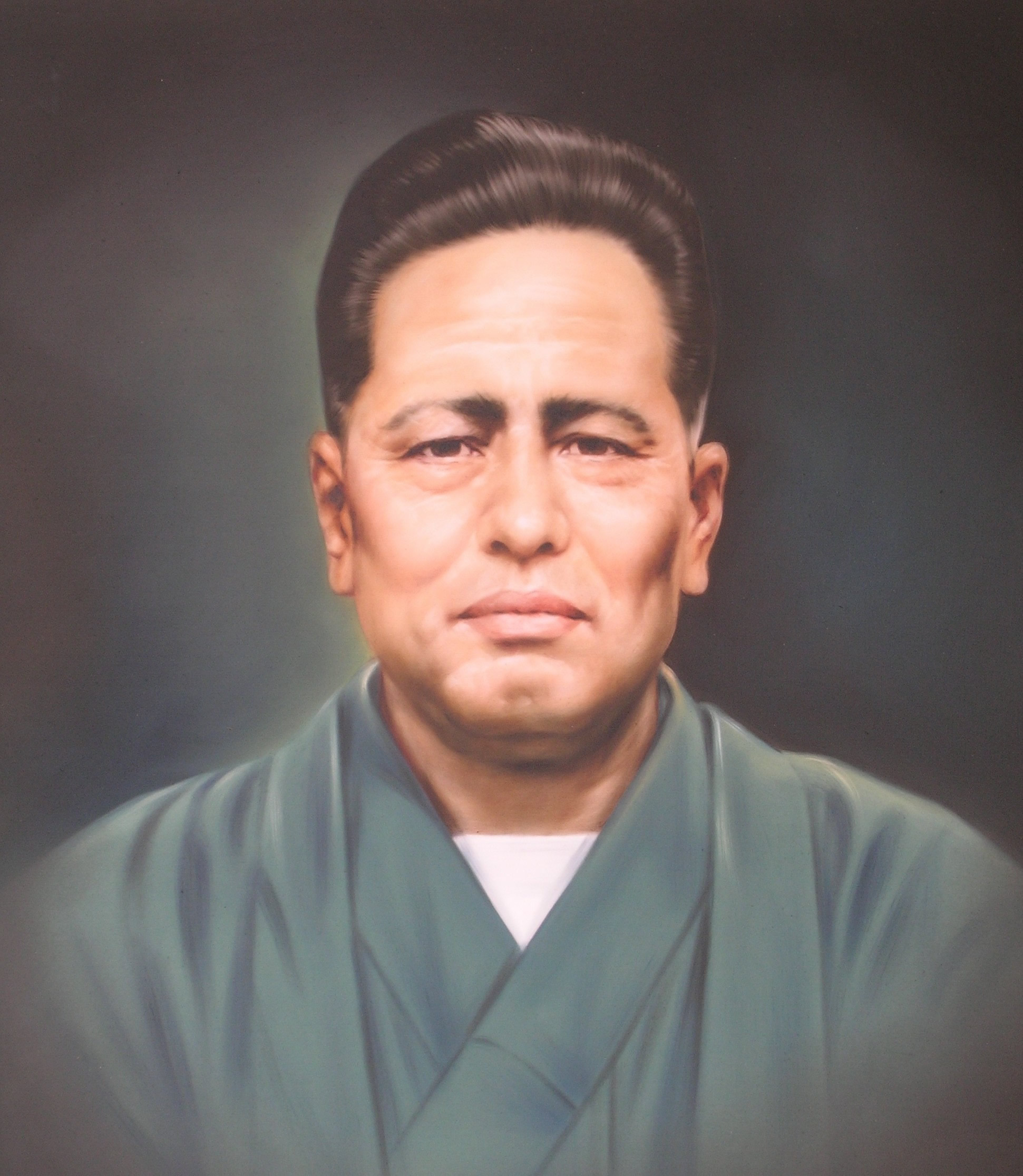
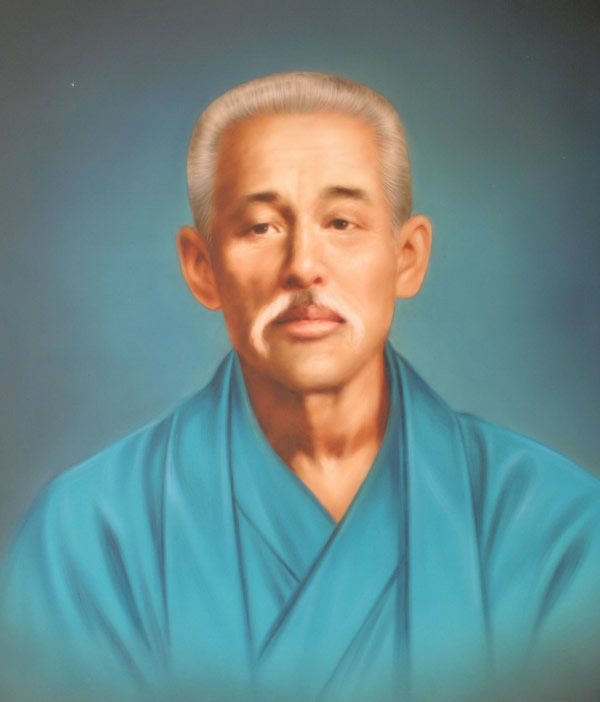
After the Karate Masters came to Japan in the 1920’s, the present day style of karate developed; they have descended from the primitive Okinawan forms. It was not until the 1930’s that a label was claimed and developed as a style, forced by the other established Japanese martial arts societies. Chojun Miyagi, a senior disciple of Kanryo Higaonna, first claimed a label to his style as Goju-Ryu (Hard Soft Style). Kenwa Mabuni named his style as Shito-Ryu. These two were very close friends and developed most of the technical bases of today’s Karate.
The form of Kumite as practiced in today’s Karate, was also influenced by other Japanese martial arts such as Jujitsu, Judo and Kendo masters. Until the late 1930’s, Karate-Do practice emphasized only the Kata and its applications.
The term Karate-Do also was influenced by the Japanese Zen Buddhist sect and became “Kara” (empty) “Te” (techniques) and “Do” (The way of.). Dr. Jigoro Kano, the founder of Judo, established the current belt system during this era. Judo was a synthesis of Daito-Ryu and other Ju Jitsu. Dr. Kano established and created Ju (Soft) Do (The way of) from Jujitsu; these were methods for the development of ideology not just the development of technical skills.
Gichin Funakoshi aimed to teach only university students who were candidates for the governing leadership group. Funakoshi did not like his students to participate in tournaments.
That young Japanese group developed today’s sparring methods and later developed the basis of today’s tournament systems, not those of Okinawan residents’ Karate instructors. Okinawan masters never even dreamed of competing with each other under established rules. They thought Karate techniques were so deadly that it would be impossible to hold any tournament. The first appearance of the modern version of a Karate tournament was held in the late 1950’s in Japan. All Japan Collegiate Karate tournaments were the first tournaments ever held in Japan including Okinawa. It went on to develop Karate-Do worldwide.
Grand Master Chojun Myagi
Goju Ryu means soft & hard. It is a suitable combination of traditional Okinawian & Chinese sport. Goju ryu was made by Master Chojun Miyagi. First he visited Master Higaona whom was teaching Nahata, and learned it thoroughly. After Master Higaona’s death, he went to China and studied the styles of Shaolin and Chinese self defense, and then returned to Okinawa and chose the name Goju Ryu for the new style he made. The origin of the word Goju ryu comes from an old Chinese literature. In 1928, through an invitation by Master Gogen Yamaguchi, Master Miyagi traveled to Japan for teaching and went back to Okinawa later. Master Gogen Yamaguchi, developed Goju Kai and spread it allover the world. Master Miyagi believed that the personality corrections are extremely important and in light of that, he has left behind many good words like: According to Goju Kai basis, all the mankind in the world carry two forces of “GO” meaning hardness (which is positive force) and “JU” meaning softness (which is a negative force), when fighting for self defense, the forces of “GO” converts to attaching force and forces of “JU” to defending force and a combination of both (meaning “GOJU”) leads to a peaceful force which what prevents the human from being aggressive.
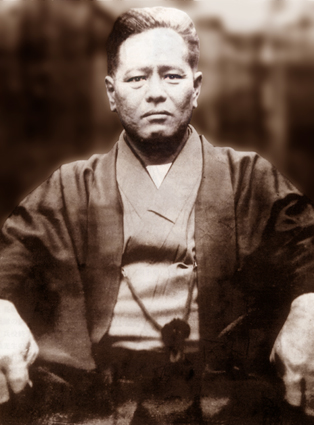
Gogen Yamaguchi
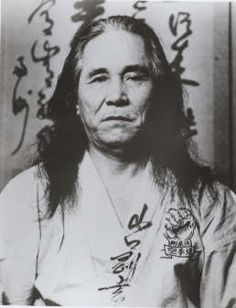
Gogen Yamaguchi was born on January 20, 1909, in Kagoshima city on southern Kyushu. Already as a youngster he showed great interest in the martial arts. During his early school days he trained in kendo, (Japanese fencing) and it was during this time that he started his karate training under the tutelage of Mr. Maruta, a carpenter from Okinawa. Mr. Maruta, who was a Goju practitioner, was drawn to the young Yamaguchi’s serious attitude and his willingness to train hard. Mr. Maruta taught Yamaguchi all he knew about the Goju system.
During his college days as a law student, Yamaguchi established his first karate club at the Ritsumeikan University in Kyoto. Soon the dojo became famous in the city, known for its hard training and fierce breathing exercise. In those days karate men practised only kata (formal movements) and yakusoku kumite (prearranged sparring) and were unable to have matches between each other since they did not hold back their techniques. It was during this period that Yamaguchi created the first stages towards what is known as jiyu kumite (free fighting) and established rules to decide the winner of a match. Some of the rules are still in use today in what is known as sport or competition karate.
In 1931, at the age of 22, Gogen Yamaguchi was introduced to the founder of the Goju style, – Master Chojun Miyagi. This meeting proved to have a profound affect upon Yamaguchi’s outlook on karate. Previously he had only considered the hard aspect of Goju but after his meeting with Master Miyagi he was determined to train himself spiritually as well as physically. Master Miyagi thought highly of Yamaguchi who seemed to have mastered the hard aspect of Goju so well and gave him the nickname Gogen, meaning “Rough”. He then appointed Gogen Yamaguchi as his successor of the Goju school in Japan.
During the years to follow, Gogen Yamaguchi often spent long stays at Mount Kurama where he subjected himself to ascetic exercises and hard training with Sanchin, meditation, and fasting. Between 1938-1945, he was sent to Manchuria on government and military assignments. On several occasions during his stay there, he could thank his skills in karate and his mental training that he stayed alive. Following the war, Yamaguchi was taken prisoner and sent to a prison camp in Mongolia. He was kept there under harsh conditions for two years. Once again his strength and skill were severely put to the test. During all these years he still continued to train and develop Goju karate.
After his release and return to Japan, Yamaguchi became one of the most exciting figures in karate history, known throughout the world as “The Cat” because of his grace and speed in movement, and because of his favourite fighting stance, Neko Ashi Dachi (cat leg stance).
In combining his personal practices of yoga and Shinto with karate training, he founded in his later years Goju-Shinto. He stated that both body and mind are interrelated and through proper breathing and concentration we will be able to understand the essence of the martial arts. This is the reason why the Goju school uses the unique breathing exercise called ibuki, concentrating all the muscular strength at one point, bringing mind and body into a coherent whole.
Never before has a single man had such profound effect on the development and propagation of karate-do. Master Gogen Yamaguchi, 10th Dan (level), a man of intense dedication and determination can truly be called a karate legend. A master of Yoga and a Shinto priest, a man that truly has united both aspects of go and ju into a concerted union.
